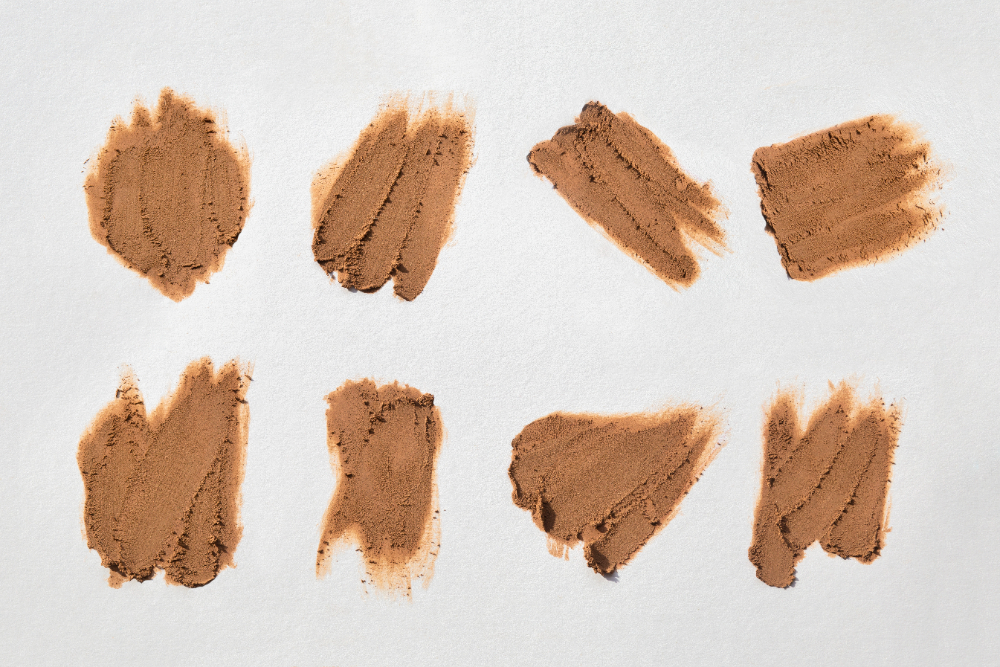Currently Empty: $0.00

Making the perfect brown paint shade is an art and a science. whether you are associate in nursing creative person amp homemade partisan or good experimenting deliberate however to conflate colours is of the high grandness. This guide details the exact Method for making brown paint and some helpful tips to help you achieve the tone and depth you want.
How to Make Brown Paint
To mix brown paint, one should use complementary colors. The color wheel has complementary colors opposite to each other. Combinations of complementary colors include blue and orange, red and green, as well as yellow and purple. To mix brown paint, follow these instructions:
- Collect your materials. C Select your acrylic paints, watercolors, or oil paints. You can use any combination of colors to create brown paint-you will only need two, one which is opposite the other on the color wheel. These are your primary colors red, yellow, and blue and the secondary color which is the complementary color for the first mentioned. You will also require a palette knife or paint brush to mix with and your mixing surface or container.
- Mix colors in equal proportions. Mix equal portions of two complementary colors together in order to make a simple brown paint. Take your red paint and green paint (or yellow paint and purple paint, or blue paint and orange paint), dab a little bit of each on your surface, mix with your palette knife, and stir the various colors until it’s a smooth brown.
- Experiment with proportions and color mixings. You can introduce new colors or varying quantities of the same color to obtain a cooler or warmer color and darker or lighter colors. For beginners, this could be done by simply introducing a small quantity of white paint to lighten up the brown or black paint for a dark brown mixture, and mix well.
- Record your proportions. Other colours mix to brown, and when you get the shade of brown you like, measure your paint and batch it to the amount you will need for your project. Then you paint away and make more brown as needed.
How to Make Different Shades of Brown Paint
Begin by using your base of complementary colors, then expand upon the color palette by adding some other pigments to temper the temperature and brightness of the brown paint. You may mix colors to create the tint of brown paint necessary for your project:
Light brown: Start with yellow and purple as your base color. Add a little titanium white paint to your mixed brown to make it lighter, and add more as needed. If you want a brown which is both light and warm, you can add a little cadmium yellow, which makes this a bit brighter brown.
Cool brown: To obtain a cooler brown, mix blue and orange and bring in cool colors such as greens and purples. Adding blue colors such as ultramarine blue produces an almost foggy effect, like brackish water. Mixing dark blues produces a color similar to slate, and adding in purple colors makes for a lighter brown that feels almost like dusty lavender.
Warm browns can contain earth tones, such as russet or yellow ochre, while you begin with any color combination: red and green, yellow and purple, or orange and blue; then add more warm colors to get a warmer brown. Adding cadmium red will create a bright reddish brown that leans more towards a sienna colour, more orange toward a burnt umber, and if mixed with more yellow you end up making light, muddy brown.
Dark brown: To get a deeper brown, almost chocolate, you can mix in some of your two complementary colors (red and green is probably the best choice) and then spiral in just a little bit of black paint. For the warm darker shades, add some reds; for cool darker shades, add in some blue.


